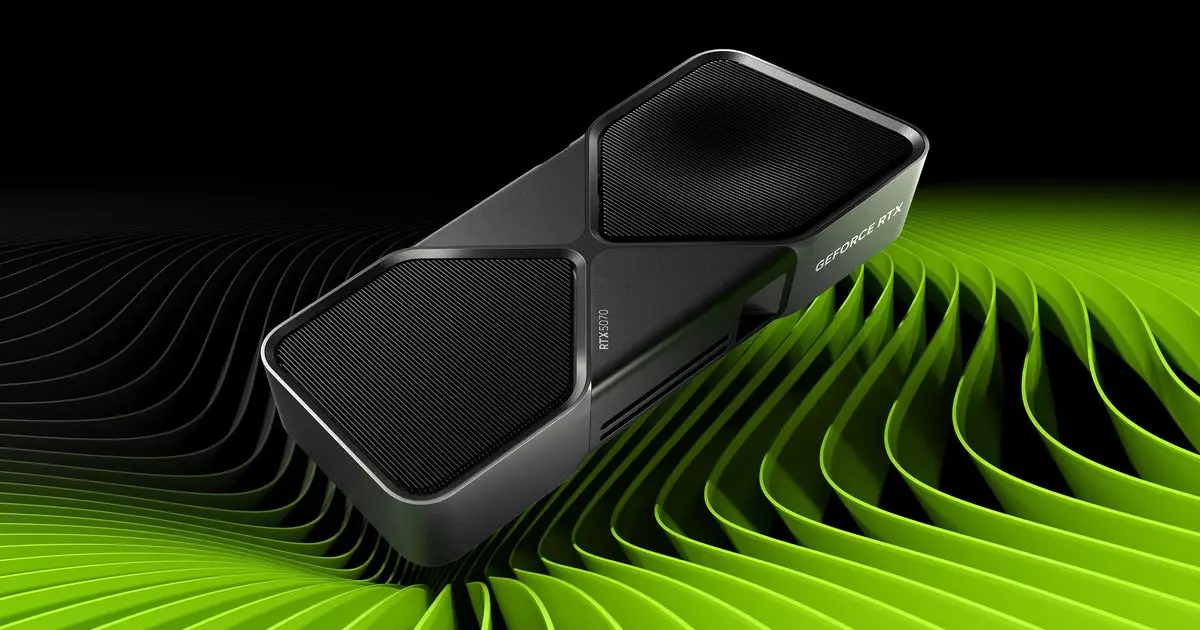Nvidia’s recent approach to rolling out GeForce driver hotfixes has become a topic of concern for users and gamers alike. The company has initiated a surprisingly frequent series of hotfix updates, particularly focusing on the fledgling RTX 50 graphics card series. The latest hotfix version, 576.26, seeks to remedy various issues, including crashes and flickering in games like Black Myth: Wukong, Forza Horizon 5, and Red Dead Redemption 2. However, the sheer volume of these fixes—averaging one every two weeks—creates a troubling narrative. In previous GeForce generations, such patching has been infrequent; its sudden escalation signals worrying software stability for the RTX 50 series, suggesting that something deeper may be amiss.
The Frequency of Issues
The rolling out of hotfixes at this alarming rate calls into question Nvidia’s quality assurance practices. Under normal circumstances, a company would strive to release stable drivers in conjunction with new hardware or games, yet it appears that the RTX 50 series is caught in an unfortunate web of continuous issues. Each hotfix tells a story; take for example version 572.24, aimed at fixing a Valorant startup crash, followed by the infamous black screen issue patched in 572.75. Such regular disruptions indicate not merely singular instances of malfunction but potentially systemic flaws within the driver architecture itself.
Community Sentiment
The community response mirrors these concerns, as many gamers report lingering issues despite the release of multiple hotfixes. Nvidia’s own forums are rife with user complaints that suggest that the supposed “stable” driver, version 576.02, may actually serve as the nexus for various breaking points in the system. Users are raising alarms that the once-reliable drivers are no longer consistent enough to warrant trust from their customer base. This kind of sentiment is damaging not just for user experience but also for Nvidia’s reputation as a leader in GPU technology.
The Illusion of Stability
Interestingly, while my personal experience with the RTX 50 series hasn’t mirrored the disastrous tales presented by users, it is crucial to recognize the discrepancy between individual experiences and collective sentiment. The volatility hinted at by the numerous hotfixes contradicts the notion of reliability that Nvidia has historically been able to boast. Hardware editors and reviewers like myself may often find themselves in isolated bubbles of performance data, while the broader gaming community could feel quite differently.
The need for a steadfast driver that can perform reliably amidst the launch of demanding new titles remains unmet. It is apparent that Nvidia must reevaluate its practices, focusing more on thorough testing and user feedback before rushing driver releases. Continuous updates are a double-edged sword; while they can address problems, they can also highlight an ongoing struggle with software stability that could deter new customers. The damaging cycle of disappointment must be broken, lest the RTX 50 series be remembered more for its shortcomings than its advancements in graphics technology.

